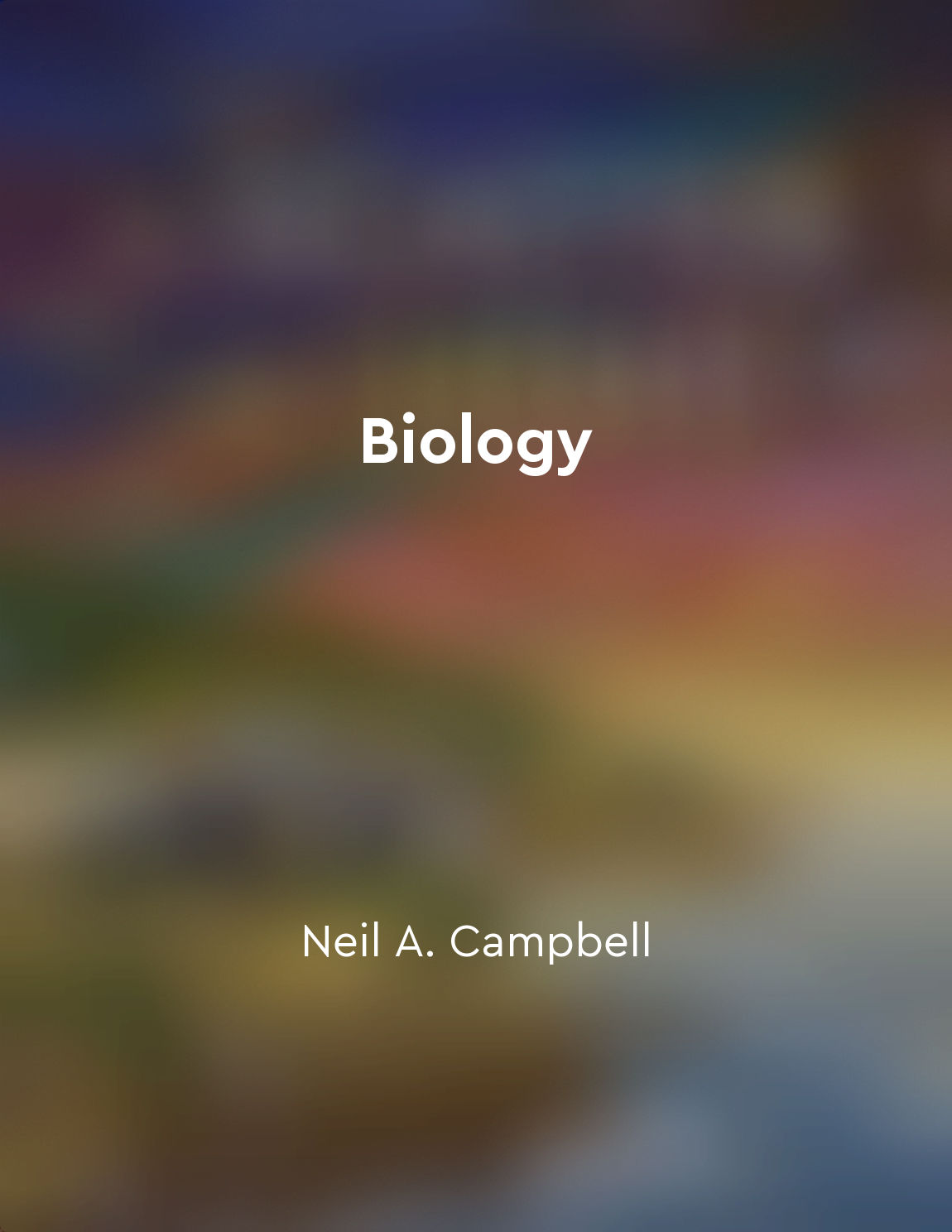Some plants rely on specific pollinators for reproduction from "summary" of The Forgotten Pollinators by Stephen L. Buchmann,Gary Paul Nabhan
In the intricate dance of pollination, some plants have evolved to rely on specific pollinators for their reproduction. This mutual dependence is a key aspect of the coevolution between plants and their pollinators, as highlighted in "The Forgotten Pollinators" by Stephen L. Buchmann and Gary Paul Nabhan. Certain plants have developed unique characteristics that attract specific pollinators, such as bees, butterflies, birds, or bats. These pollinators have co-evolved with the plants, forming specialized relationships that benefit both parties. For example, tubular flowers may be tailored to fit the long tongues of certain bees or hummingbirds, ensuring that only these specific pollinators can access the nectar within. The reliance on specific pollinators is not limited to physical characteristics of the flowers; some plants also emit specific scents or produce certain colors that attract particular pol...Similar Posts
Evolutionary arms races lead to the escalation of traits
In the perpetual competition for reproductive success, organisms engage in an evolutionary arms race that drives the escalation...
Embracing diversity in farming methods leads to greater innovation
Diversity in farming methods stimulates innovation by encouraging farmers to experiment with alternative approaches, techniques...

Diversity of microorganisms
Microorganisms, such as bacteria, archaea, fungi, and protists, are incredibly diverse in nature. They can be found in almost e...
Markets can help solve environmental problems
The interaction between markets and the environment is a topic of great importance in the field of environmental economics. The...
Learning from nature can lead to breakthrough solutions
Nature has been evolving for billions of years, fine-tuning and perfecting its designs. From the wings of a dragonfly to the st...
Resilience is key to adaptation
Resilience is the foundation upon which successful adaptation is built. The ability to bounce back from challenges and setbacks...
Threatened Species
Threatened species are those plants and animals that are at risk of becoming extinct. These species face a variety of threats, ...
Restoring natural habitats benefits both wildlife and humans
Restoring natural habitats benefits both wildlife and humans. It is a simple concept with far-reaching implications. By creatin...
Urban development threatens the survival of many species
Urban development is rapidly spreading across the country, transforming natural habitats into a landscape dominated by building...
